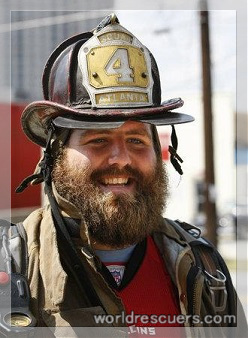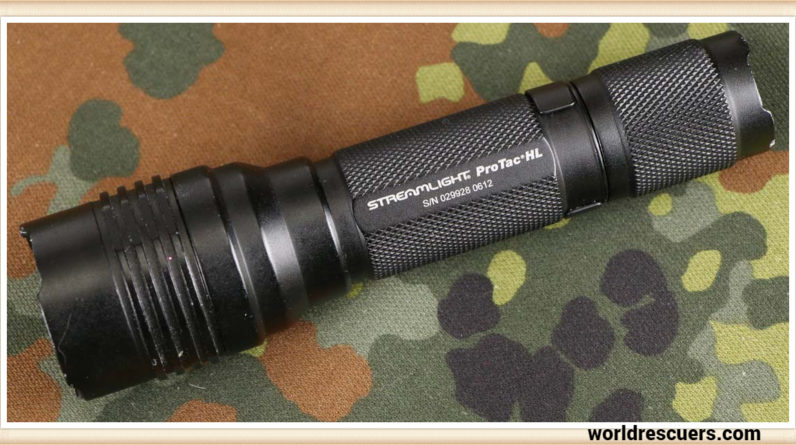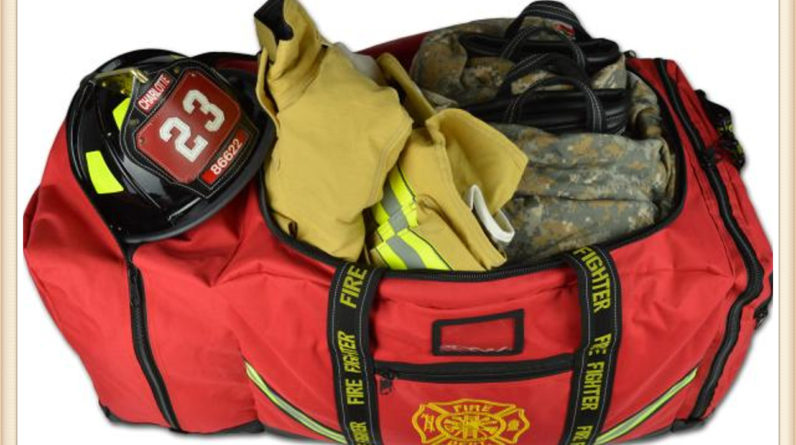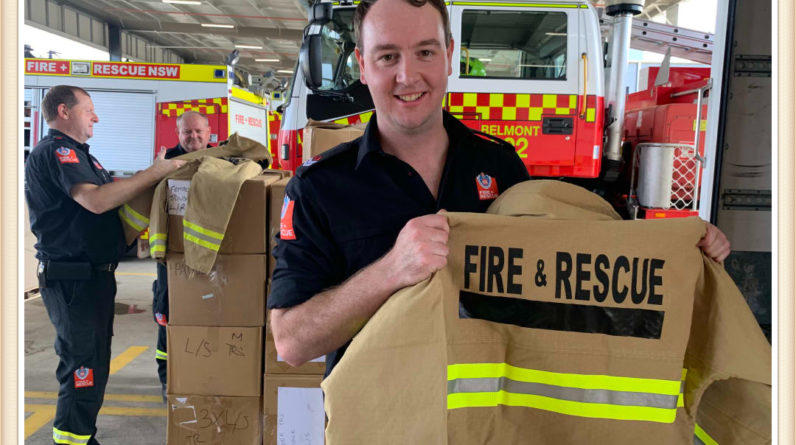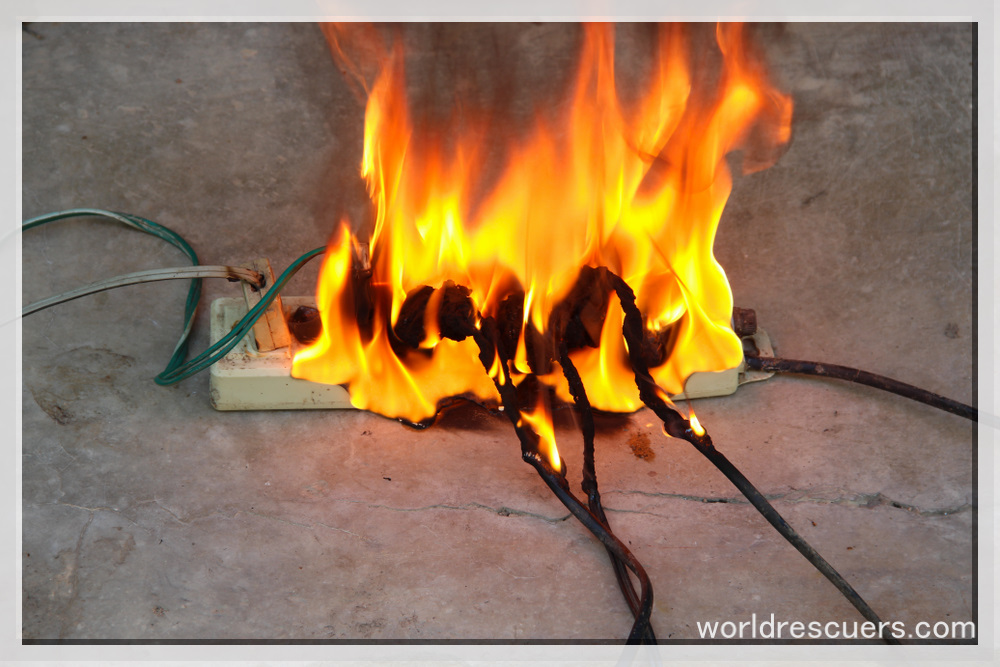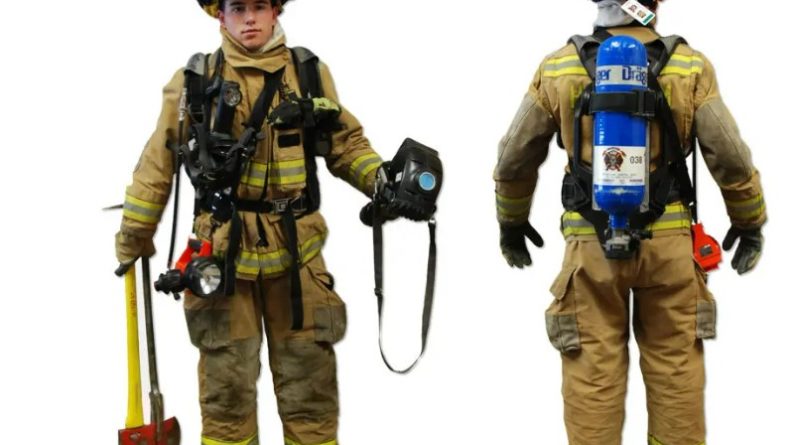
Firefighter Gear
Here’s what’s on the horizon as several standards are updated and consolidated
The fire service constantly changes and introduces new tools, PPEs, tactics, and more to ensure firefighter safety and efficiency. These industry dynamics require the National Fire Protection Association (NFPA) to periodically update the codes and standards that the fire service must follow. The NFPA is revising several standards and compiling them to create clearer guidelines. These include protective firefighter gear, self-contained breathing apparatuses, and personal alert safety systems.
The NFPA is in the process of developing a new standard, NFPA 1970, which is expected to be released in early 2024. This standard will incorporate much of the information from NFPA standards 1971, 1975, 1981, and 1982, along with revised guidelines and mandates.
Proposed Change No.1
The fire service constantly keeps on changing and introduces new tools, PPE, tactics, and more to continuously ensure firefighter safety and efficiency. It quickly implements some of these changes, while others require evaluation and evolution over time. The National Fire Protection Association (NFPA) periodically modifies the codes and standards that everyone in the fire service must adhere to in order to keep up with these industry dynamics.
In early 2024, the NFPA will release a new standard, NFPA 1970, which will encompass much of the information found in NFPA standards 1971, 1975, 1981, and 1982, along with revised guidelines and mandates. The NFPA expects to finalize and release this new standard in early 2024.
Proposed Change No. 2
Manufacturers will have the option to claim their garments as free of per and poly-fluoroalkyl substances (PFAS) based on the proposed new NFPA 1970 standard. The revised standard will define PFAS, establish specific requirements for garment labeling, and outline the necessary verification procedures.
At present, there are no standardized tests for PFAS in textiles, including those used in the fire service. This will help to improve firefighter gear quality and safety. However, standardized methods do exist for testing PFAS in water and for measuring total fluorine. The NFPA 1970 standard will seek to streamline the verification process for materials to ensure that they contain no or only trace amounts of certain substances. Manufacturers will only be permitted to claim garments as PFAS-free if they are made exclusively from materials that meet the corresponding verification criteria.
Proposed Change No. 3
The proposed NFPA 1970 standard closely examines the lifespan of turnout gear or firefighter gear and introduces new criteria to maintain the garment’s performance over time. This proposed change establishes guidelines that involve repeated washing, exposure to heat and UV light, as well as flex and abrasion testing to simulate real-world usage conditions.
The impact of these changes may vary among different types of firefighter gear, as not all garments offer the same level of durability. The primary goal of this proposed change is to ensure that manufacturers create gear that can withstand wear and tear and consistently perform up to the standard throughout its life.
Proposed Change No. 4
During the selection of firefighter gear, safety professionals do consider thermal protection and breathability in clothing. The proposed NFPA 1970 standard will introduce new analysis methods and requirements for evaporative resistance, breathability, and insulation. Additionally, there will be an emphasis on material shrinkage, which can impact the thermal protection testing process.
These proposed changes will incorporate new metrics that may increase the complexity of evaluating and balancing different aspects of garment performance. After the finalization of performance levels, this modification could potentially impact the qualification of certain existing gear.
Proposed Change No. 5
Eliminate foreground contaminants. This proposed change will incorporate guidelines for assessing cleaning efficacy tailored to individual materials, using procedures similar to those outlined in the current NFPA 1851 standard.
Given that not all materials respond to cleaning in the same manner and repeated cleaning can impact their properties over time, this change may necessitate manufacturers to modify their garments. These modifications could include enhancing contamination resistance or providing improved cleaning protocols. As a result, the cleanability of garments would become a more significant factor to consider when selecting firefighter gear after the revision of this standard.
Proposed Change No. 6
Gear selection plays a crucial role in ensuring firefighter safety and effectiveness, and this proposed change will establish criteria to assist departments in evaluating the compatibility of various types of PPE. The NFPA 1970 standard will introduce a variety of new test methods to assess overall performance in terms of thermal protection, heat stress impact, and protection against particulates and gases.
This change will prioritize gear interoperability and enable firefighters to make well-informed decisions while selecting their PPE. Additionally, manufacturers and laboratories will have new test methods introduced to enhance their evaluation processes that will ultimately result in the improvement of Fireifhter gears.
Upcoming changes in Firefighter Gear and PPEs
The mandatory 10-year retirement of turnout clothing in NFPA 1851 has consistently sparked hot debates and discussions among fire safety professionals. Since its introduction in the 2nd edition in 2008, this requirement has remained contentious. The rationale behind the retirement rule is based on several factors:
- Two revision cycles: The 10-year timeframe aligns with two revision cycles of the NFPA 1971 product standard, allowing for significant changes in requirements and technology for personal protective equipment (PPE).
- Limited evaluation options: Nondestructive tests necessary to fully assess the gear’s ongoing effectiveness are currently unavailable, making it difficult to evaluate the gear’s continued protection beyond 10 years.
- Deterioration in performance: Evidence from destructive testing on used gear has demonstrated a degradation in performance properties for gear that is 10 years old or older.
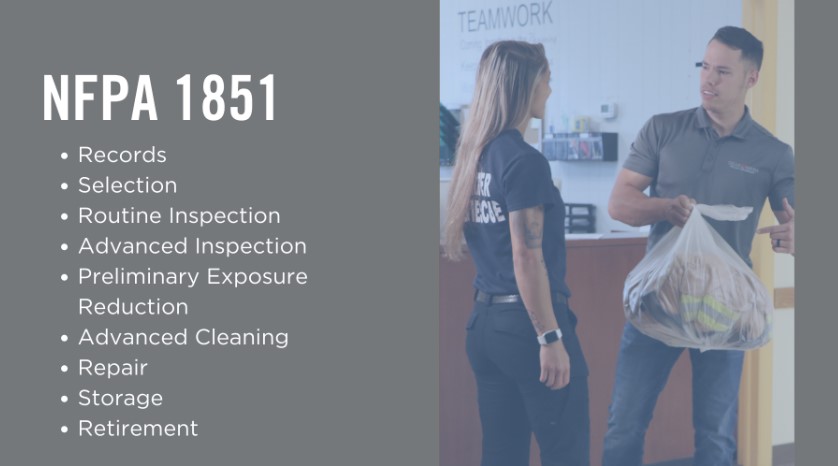
Regarding SCBA (Self-Contained Breathing Apparatus), federal regulations mandate a maximum service life of 15 years for cylinders. Since many departments update their SCBA with retrofit kits to ensure compliance with newer standards. Currently, fire departments are advised to adhere to manufacturer recommendations when determining the retirement of specific SCBA and SCBA components.
Final Thought
The NFPA actively strives to maintain and update a transparent and collaborative process of developing and improving standards. This is by offering multiple opportunities for individuals, agencies, and organizations to contribute their input in drafting revisions to the standards.
The public comment period for the NFPA 1970 standard concluded on January 4, 2023. According to the NFPA website, a second draft report is expected to be published on October 4, 2023. Once the new standard is put into effect, manufacturers will have a 12-month window to certify and update their currently manufactured products. Agencies can continue to utilize equipment and gear purchased prior to the implementation of NFPA 1970, as long as it remains in serviceable condition and complied with NFPA regulations at the time of purchase
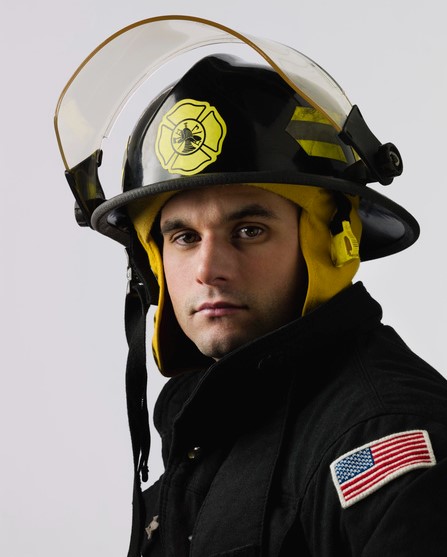
Hi, I am John Smit a Captain in Fire Department City of Newyork with over years of experience in the field of Firefighting and HSE. My passion for fire safety started when I was a young boy and witnessed a neighbor’s house go up in flames along with precious lives. Since then, I had dedicated my life to ensuring the safety of buildings, properties, and individuals in case of a fire and medical emergencies.

